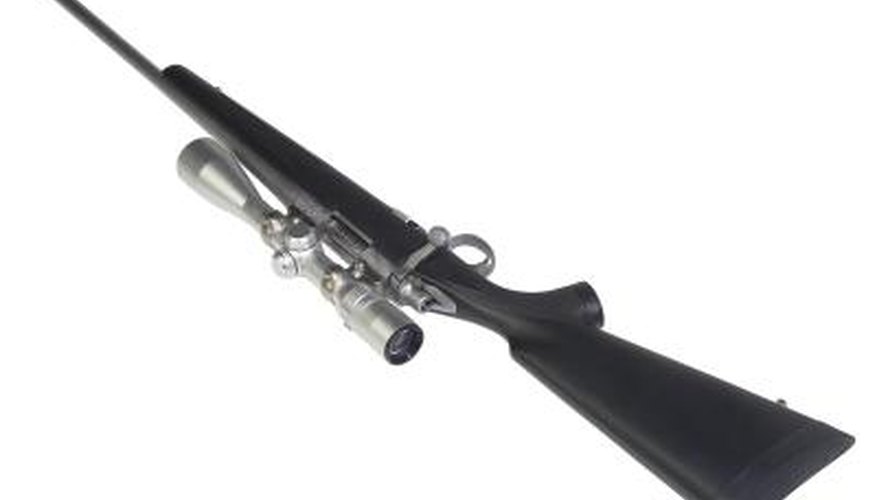The development of telescopic scopes has allowed previously mediocre marksmen the chance to enjoy true accuracy through a lens. Some telescopic scopes will actually help you with automatic focus and even make wind adjustments. It is a constantly evolving technology, so it is fallible. Remain well-read on the basic troubleshooting methods in case you have issues with your scope. At the same time, a bad workman often blames his tools, so ask whether apparent scope issues are actually physiological problems of the shooter.
- The development of telescopic scopes has allowed previously mediocre marksmen the chance to enjoy true accuracy through a lens.
- Remain well-read on the basic troubleshooting methods in case you have issues with your scope.
Feel the scope rings and mount bases on your scope. If you are able to shake them or there is any give whatsoever, your scope is not properly mounted. It will have to be reinstalled. You will not get a consistent shot and all other troubleshooting ideas will be futile with a loose mount.
Fine tune the alignment on your scope if you are having trouble with the sight. Use the respective knobs on the scope that control the horizontal alignment of the rifle scope, and the vertical plane (the exact location of these knobs will depend on your exact model -- refer to your manual). Typically, each turn of these knobs will either move the scope 1/2 inch or 1/4 inch on the vertical or horizontal.
- Fine tune the alignment on your scope if you are having trouble with the sight.
Control the focus on your scope to troubleshoot blurred vision. There should be a focus knob upon your scope and each turn will slightly change the image coming through the scope. You should become familiar with this process as you may have to change focus at pace during a hunt.
Ensure that the problem isn't with yourself, and not the sight. Blurred vision is not uncommon when using telescopic scopes on rifles, especially in warm weather, shifting winds and hazy conditions. Gently close your eyes for 10 seconds to allow them to calm and refocus before attempting to look through the sight again. Consider wearing shooting glasses if the problem persists.
